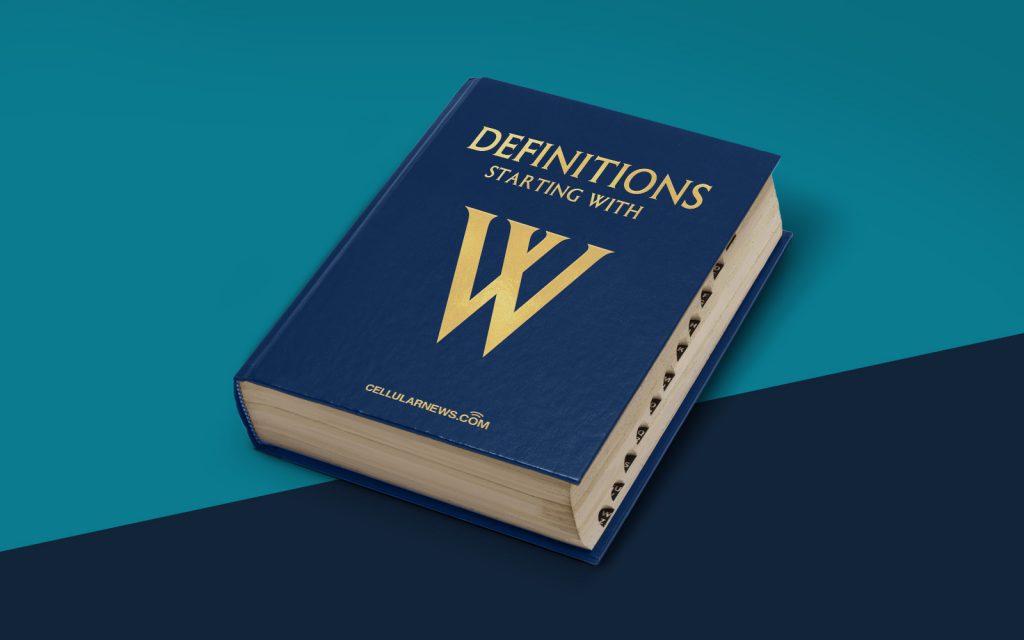
What is the World Wide Web Consortium (W3C)?
Welcome to another installment of our “Definitions” series, where we delve into the world of technology and demystify complex concepts. Today, we’re going to shed light on the World Wide Web Consortium, commonly known as W3C. If you’ve ever wondered what W3C stands for and what their role is in shaping the digital landscape, you’ve come to the right place.
Key Takeaways:
- W3C stands for World Wide Web Consortium, which is an international community that develops open standards to ensure the long-term growth of the web.
- The goal of the W3C is to create a web that is accessible, interoperable, and available to all users, regardless of geographic location or technological limitations.
The World Wide Web Consortium (W3C) is an international community that plays a critical role in shaping the internet as we know it today. Established in 1994 by Sir Tim Berners-Lee, the inventor of the World Wide Web, the consortium brings together experts from around the world to develop and maintain web standards. Their collaborative efforts have resulted in the creation of open and platform-independent technologies that form the building blocks of the modern web.
The primary goal of the W3C is to develop and promote specifications, guidelines, and tools that ensure the long-term growth of the web. In doing so, they aim to create a web that is accessible to all individuals, regardless of their location or the devices they use to access the internet. This inclusivity is a cornerstone of the W3C’s mission and reflects their commitment to a web that benefits everyone.
The W3C’s work is guided by a set of principles that emphasize the importance of openness, consensus, and global involvement. These principles ensure that decisions made by the consortium are unbiased and reflect the best interests of the web community as a whole. W3C standards cover a wide range of web technologies and specifications, including HTML, CSS, XML, and accessibility guidelines. By defining these standards, W3C provides a roadmap for web developers and contributes to the seamless experience users enjoy today.
It’s worth noting that while the W3C develops web standards, they do not enforce them. Their role is to provide recommendations and guidelines that developers can choose to adopt or modify as needed. This flexibility allows for innovation and experimentation while still maintaining a solid foundation of web standards.
Key Takeaways:
- W3C develops and maintains open standards that shape the modern web.
- Their goal is to create an accessible and inclusive web for all users.
In conclusion, the World Wide Web Consortium (W3C) plays a crucial role in shaping the web ecosystem. Through their collaborative efforts and dedication to open standards, they ensure that the web remains a vibrant and inclusive space for users and developers alike. The W3C’s impact on the digital landscape cannot be overstated, and their contributions continue to drive innovation and accessibility on the internet.
